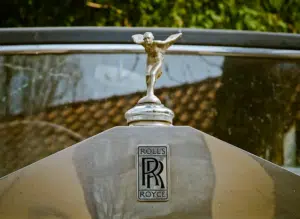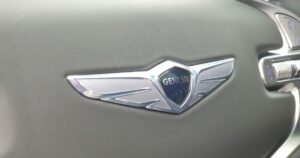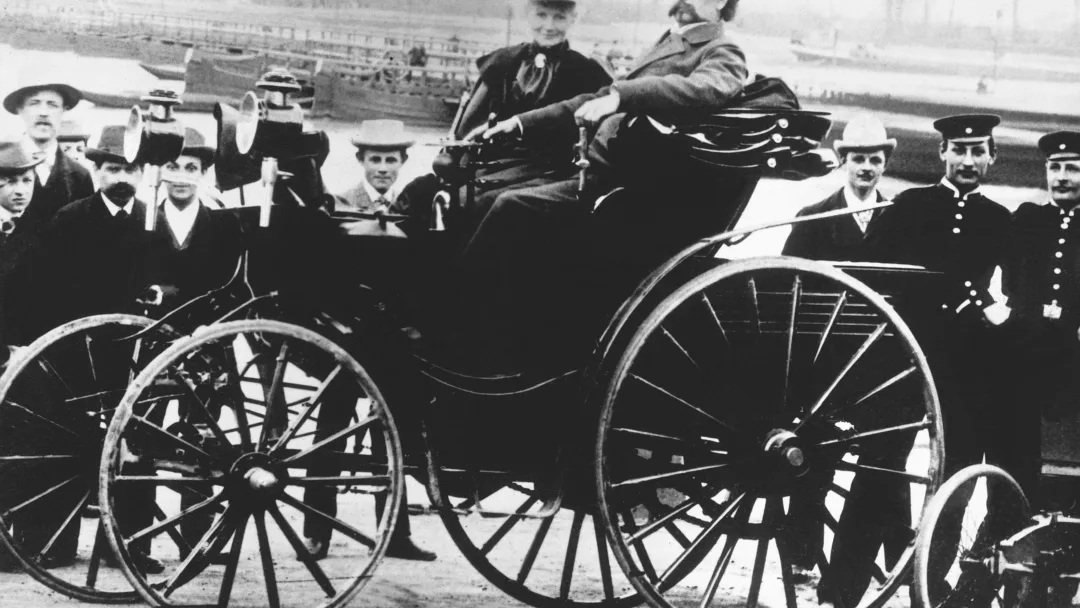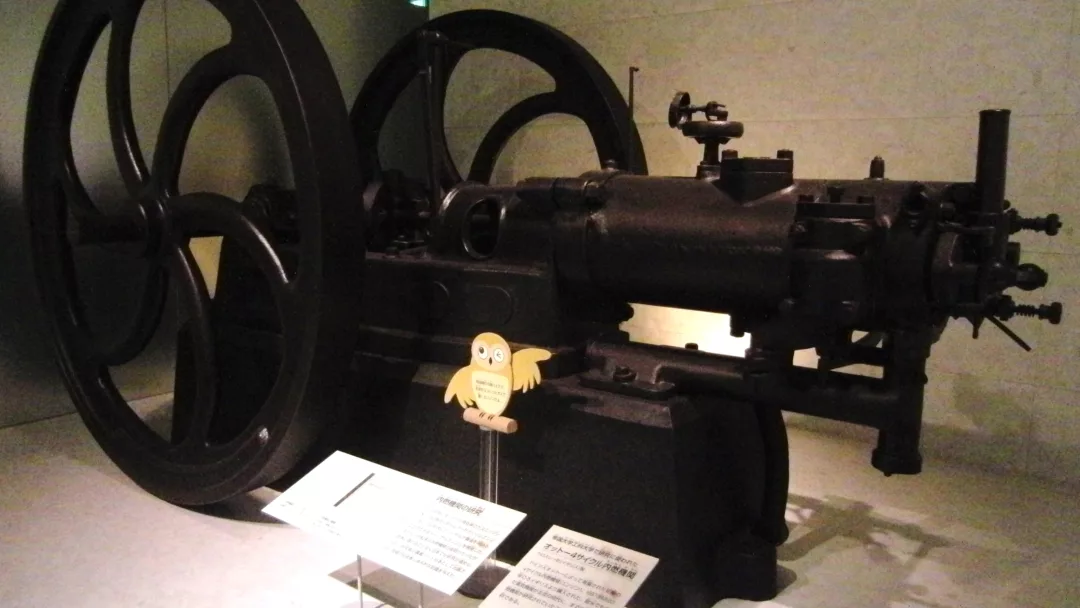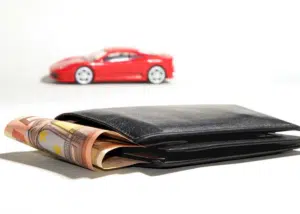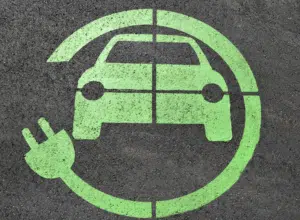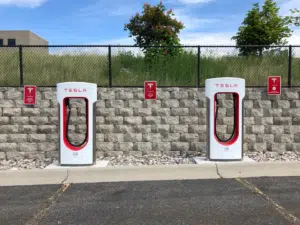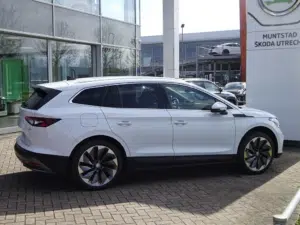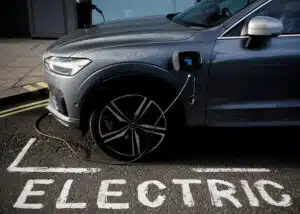The cars of today are ever-evolving and it’s safe to say that the automobile has had a long journey to become the form of transport that we know and love today, but when did it all begin?
Well, according to Drive Smart Warranty, the first vehicle was made in Germany, then things started to progress and before you know it, we had the first steam-powered automobile, the first internal combustion engine, and an early electric motor car.
Who made the first car?
Officially, the first practical modern automobile and the first car put into series production appeared in 1886, by Karl Benz who patented the first gasoline-powered car, but he wasn’t the original visionary of self-propelled vehicles.
Did you know that the very first self-powered vehicles were powered by steam engines? In fact, it was Nicolas Joseph Cugnot of France who built the first automobile in 1769. Cugnot presented us with the first horseless carriage, the first self-propelled vehicle, says Cars Guide, which was basically a tractor with three wheels for use by the military. It wasn’t really a car given that it ran off steam at approximately 4km/h, making it more of a land-going train, which is why it fell short of the top spot for the household-name status.
Inventors began to branch out at the start of the 19th century, with internal combustion engines and early electric vehicle powered motors, but the idea of transport vehicles stemmed from Leonardo da Vinci who first sketched a horseless, mechanized cart in the early 1500s. Leonardo’s last home, now a museum, the Chateau Clos Lucé is where you can find a replica of many of his designs.
Internal Combustion Engine Cars: The Heart of the Automobile
An internal combustion engine is an engine that uses the explosive combustion of fuel to push a piston within a cylinder — the piston’s movement turns a crankshaft that then turns the car wheels via a chain or a drive shaft, according to Thought Co.
The lack of suitable fuels commonly used for car combustion engines, such as petrol, diesel, and kerosene, hampered early attempts at making and using internal combustion engines—therefore some of the earliest engines used gas mixtures.
Christiaan Huyghens (1629–1695) designed a powder-powered internal combustion engine but sadly, this was never built.
In 1806, the Swiss engineer François Isaac de Rivaz built an engine powered by internal combustion of a hydrogen and oxygen mixture. He designed a car for his engine, the first internal combustion-powered automobile. However, his was a very unsuccessful design, says Cars Guide.
Then came 1824, when English engineer, Samuel Brown, adapted an old Newcomen steam engine to burn gas, which he used briefly to propel a vehicle up Shooter’s Hill in Southeast London, according to Thought Co.
Things really started to progress even further in 1885, when Gottlieb Daimler of Germany invented the prototype of the modern gasoline engine. It had a vertical cylinder with gas injected through a carburetor (patented in 1887). Daimler first built a two-wheeled vehicle the “Reitwagen” (Riding Carriage) with this engine and a year later built the world’s first four-wheeled motor vehicle!
In 1886, Karl Benz was granted a patent for his automobile and began the first production car in 1888. His first-ever car contained the absolute basics, which were a structure, seats, wheels, and an engine, but Karl Benz’s invention being considered as the first practical car in the world.
History of electric cars
Electric cars were available at the start of the 19th century but fell short after Henry Ford developed his Model T, according to the U.S. Department of Energy. At one point, electricity was among the preferred methods for automobile propulsion, providing a level of comfort and ease of operation that could not be achieved by the gasoline cars of the time.
Before you know it, thanks to advances in internal combustion technology, especially the electric starter, soon made the above advantage a little uncertain, thanks to the mass production of gasoline vehicles by companies such as the Ford Motor Company. Ultimately, this reduced prices of gasoline cars to less than half that of equivalent electric cars, which led to a decline in the use of electric propulsion. Thanks to this, electric vehicles were essentially being removed from important markets, but as we have seen in recent years, the electric car has made a comeback. Around 535,000 electric cars were sold in the United States in 2021, according to CNBC.
Karl Benz: Car pioneer
Although other road vehicles preceded Karl Benz’s work by many years, it was Karl Benz who takes the credit around the world for having invented the first automobile, patented in 1886, also known as the “Motorwagen” which you can see standing in the flesh at the Mercedes-Benz museum in Stuttgart.
The first practical cars featured petrol-powered internal-combustion engines and were all thanks to Karl Benz’s invention. Benz replaced the horse of a horse carriage with an engine that was able to run on fuel. It was capable of producing around 0.75 horsepower, and was the most efficient engine at that time, according to World Atlas. It was originally a three wheeled wagon, that looked like a horse buggy of the time, with the horse replaced by a single front wheel and two wheels at the back, but Benz soon improved on the design to create a proper, four-wheeled car by 1891.
Tom Standage, author of “A Brief History of Motion: From the Wheel, to the Car, to What Comes Next”, said, “We generally think of the 1886 Benz Patent-Motorwagen as the first proper car. Carl Benz built an entirely new vehicle around an internal combustion engine and used bicycle parts to do it. It was really a motorized bicycle so this is what makes the car interesting. Its innovation required lots of people to try different things and, although this seems obvious in retrospect, it wasn’t at the time.”
Does Benz deserve all the credit he gets for building the world’s oldest car? Some would argue that he doesn’t and this is a question much up for debate, given that Gottlieb Daimler had an input too. Daimler came up with the first basic engine, featuring a V-shaped, four-stroke, two-cylinder engine, which is far closer to the designs still used today. Following this, in 1927, Daimler and Benz then merged to create the Daimler Group, which would one day be Mercedes-Benz.
This technology, like the internal combustion engine and when was the first car made, has a long history that is difficult to point to one inventor and when they made the first car. From engine designs to car designs, all of these inventors made an outstanding contribution to the evolution of internal combustion vehicles and the modern cars that we all know and love today. Overall, it was Benz who was the first inventor of the automobile in 1885.






















